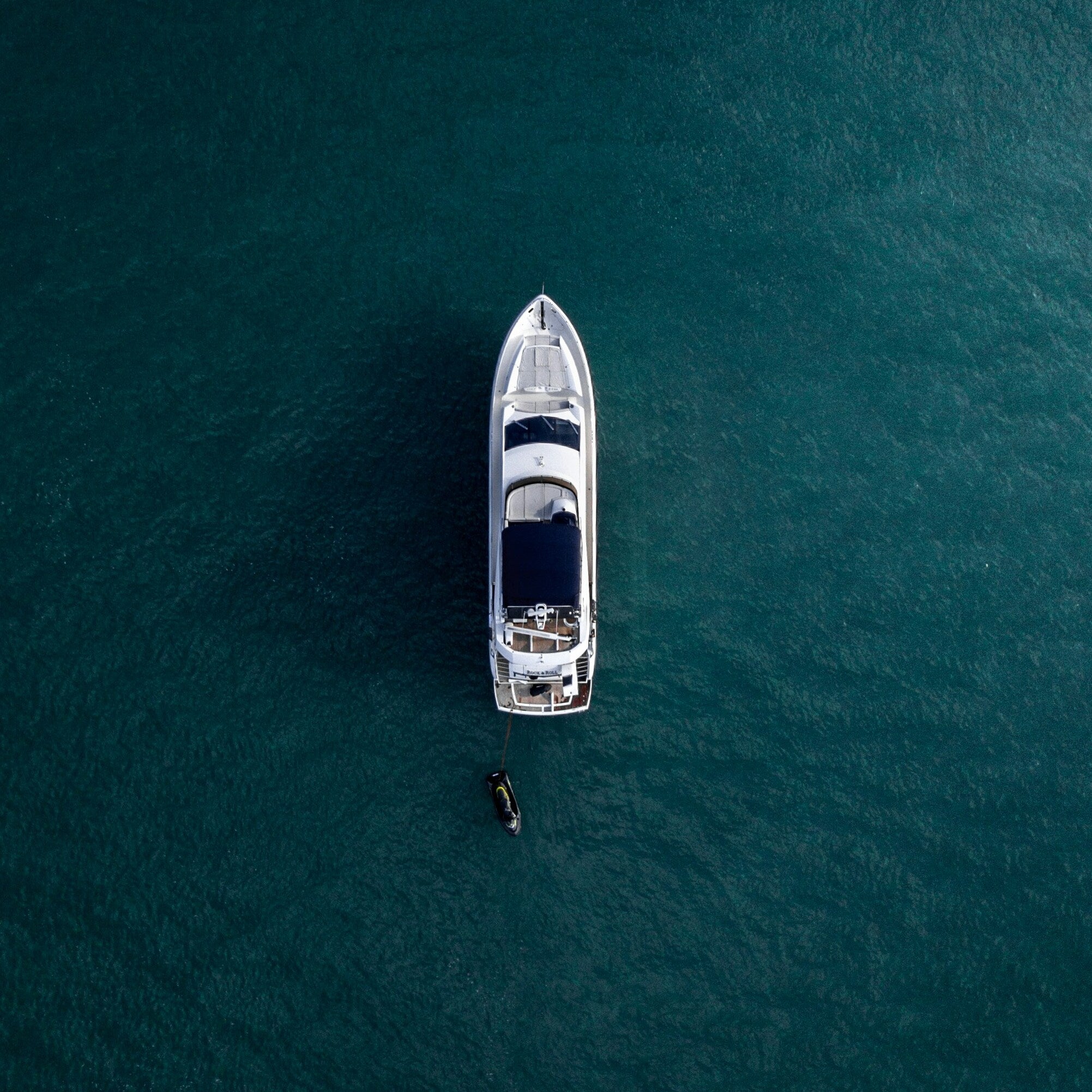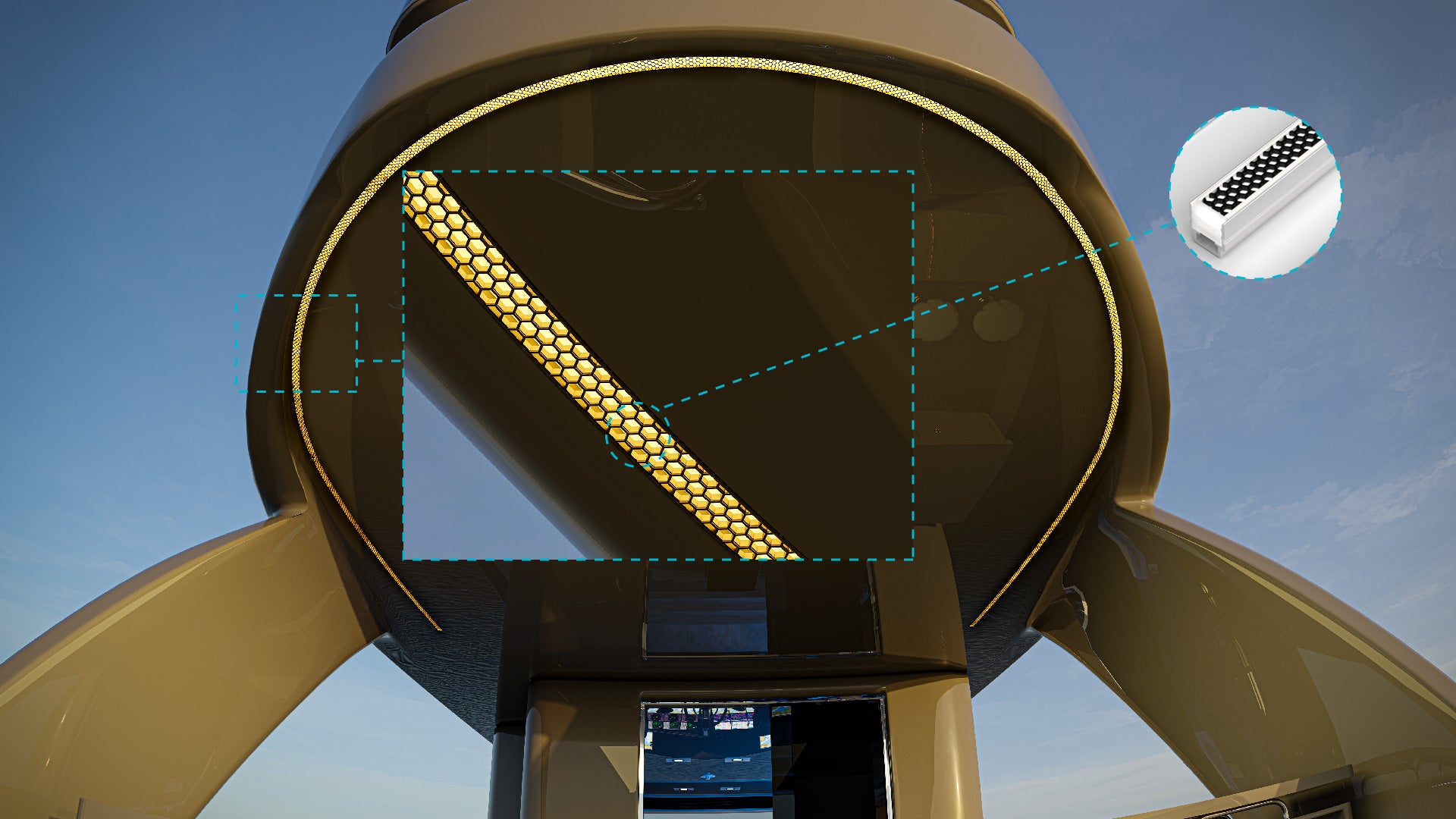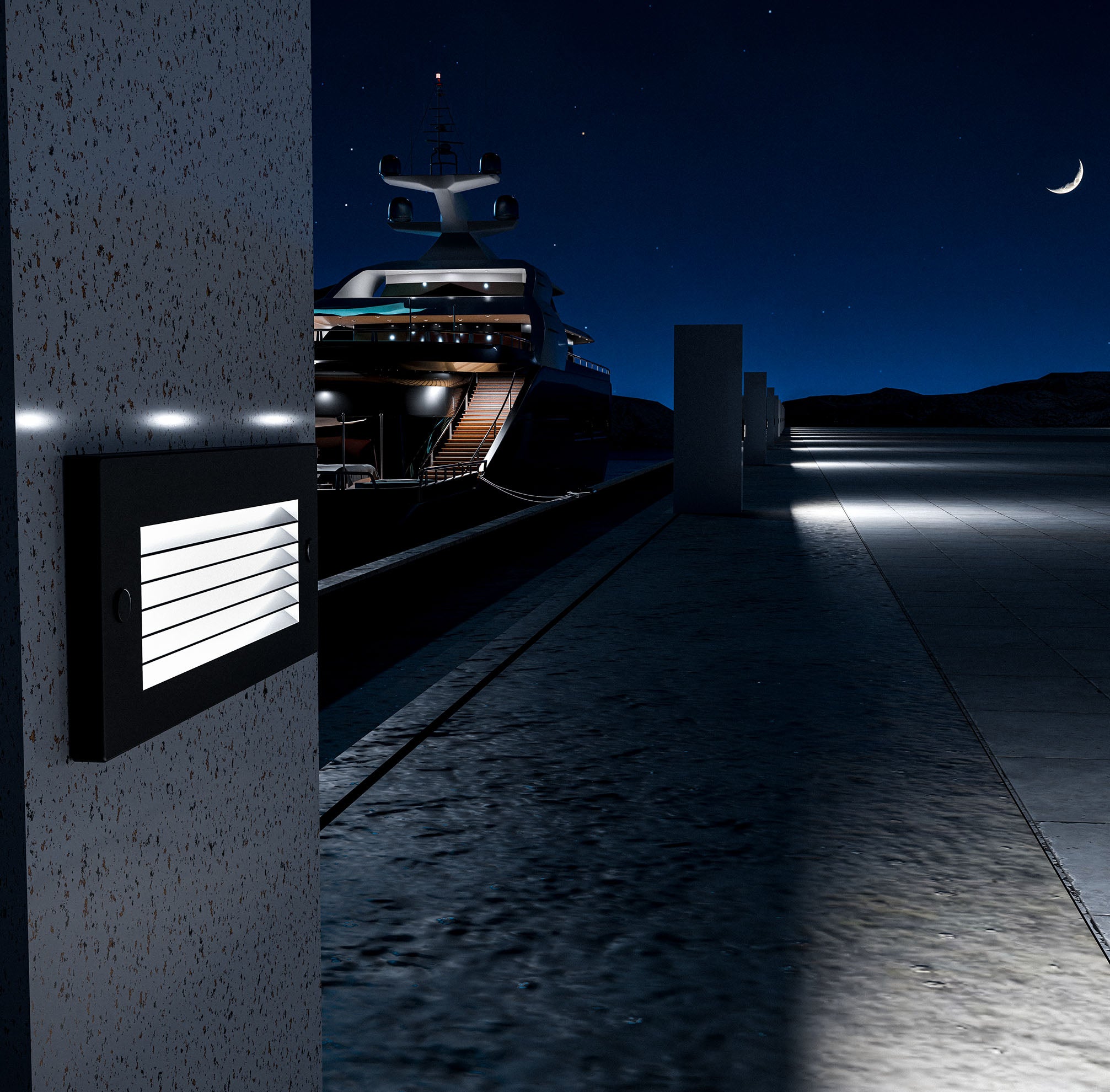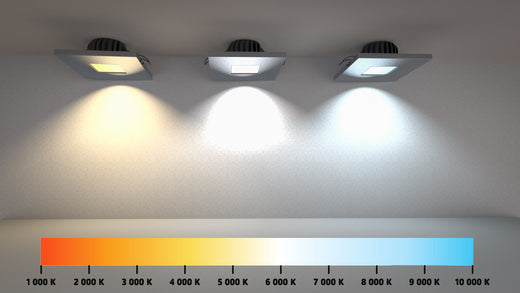In marine environments, effective lighting is crucial not only for operational safety but also for navigation and ambiance on board. The unique challenges posed by marine settings, including varying weather conditions and the need for nighttime visibility, make choosing the right lighting solutions essential.
Understanding LED Color Temperature
LED color temperature is a key factor that influences the effectiveness of lighting in these environments. It refers to the hue of light emitted by an LED, which can range from warm yellow tones to cool blue ones. Understanding and selecting the appropriate LED color temperature can significantly enhance the functionality and aesthetics of marine lighting systems.
What is Color Temperature?
Definition and Science Behind Color Temperature
Color temperature is measured in Kelvin (K) and represents the hue emitted by a light source. It's based on the principle that an ideal black-body radiator emits colors corresponding to the temperature at which it is heated. This measurement helps in determining how "warm" or "cool" a light appears.
The Kelvin Scale
The Kelvin scale is utilized to categorize these color temperatures. Lower Kelvin values represent warmer, yellowish colors, akin to traditional incandescent bulbs. Higher Kelvin values produce cooler, bluish light, similar to daylight. Understanding this scale is crucial for selecting lighting that meets specific aesthetic and functional needs in marine settings.
Importance of Color Temperature in Marine Lighting
Impact on Visibility at Sea
Different color temperatures can significantly affect visibility at sea. Cooler color temperatures, typically higher on the Kelvin scale, offer enhanced clarity and are beneficial for highlighting detail and improving visibility in dark or overcast conditions. This makes them ideal for navigation and task lighting, where precision is crucial.
Influence on Mood and Aesthetics
Color temperature also plays a vital role in influencing the mood and aesthetics of a boat or ship. Warmer tones, lower on the Kelvin scale, create a welcoming and comfortable atmosphere, ideal for cabins and areas where relaxation is the priority. These tones mimic the softness of incandescent lights, promoting a sense of calm during evening hours.
Common Color Temperatures for Marine LEDs
Overview of Color Temperatures
Cool White
Typically 5000K and above, cool white LEDs are appreciated for their bright and crisp light. They are most suitable for operational areas, such as the helm or decks, where tasks are performed and clear visibility is paramount.
Neutral White
Ranging from 3500K to 4500K, neutral white strikes a balance between warm and cool, providing a light that is bright without being harsh. This color temperature is versatile, suitable for both functional and relaxation areas on the ship.
Warm White
At 2700K to 3000K, warm white LEDs offer a cozy, golden glow. This temperature is preferred in living quarters, dining areas, and anywhere seeking to create a restful, inviting environment.
Situational Preferences
Cool White
Preferred in navigation bridges, docking areas, or any place where precision and high visibility are needed, especially during night operations.
Neutral White
Ideal for general area lighting, including passageways and kitchens, where natural color perception is important without the intensity of cooler temperatures.
Warm White
Best for cabins, saloons, and areas designed for relaxation or social activities, where a softer light enhances comfort and aesthetic appeal.
Benefits of Optimizing Color Temperature
Energy Efficiency and Longevity of LEDs
Selecting the optimal color temperature for marine LED lighting not only enhances performance but also contributes to energy efficiency and the longevity of the lighting system. LEDs designed with specific color temperatures tailored to their environments tend to operate within optimal thermal conditions, which reduces energy consumption and extends their lifespan.
Enhancement of Safety
Proper color temperature settings are crucial for safety on board. Cool white LEDs, with their higher color temperature, provide a clear, bright light that is essential for critical tasks and emergency situations. This type of lighting reduces eye strain and improves the ability of crew members to focus, especially during night operations or in adverse weather conditions.
Contribution to Navigation and Night Visibility
Effective navigation and night visibility are paramount in marine settings. LEDs with a cooler color temperature are beneficial in these scenarios as they enhance contrast and brightness, making it easier to spot obstacles, buoys, and other important navigational markers. This is critical for preventing accidents and ensuring smooth sailing.
Challenges in Choosing the Right Color Temperature
Addressing Common Concerns
Choosing the right color temperature for marine environments can be challenging due to the diverse range of activities and conditions on board. One common concern is the potential for glare, which can be exacerbated by cooler color temperatures. Additionally, the warmth or coolness of the light must appropriately match the intended use of the area to avoid discomfort or inefficiency.
Balancing Color Temperature with Other Lighting Properties
Brightness
It's essential to balance the color temperature with the brightness of the LEDs. High brightness with a cooler color temperature might be effective on deck but could be overwhelming in enclosed spaces.
Beam Angle
The beam angle should also be considered in conjunction with color temperature. A broader beam angle with a warm color temperature might enhance comfort in living areas, while a narrower beam with a cool temperature could be better suited for spotlighting or task lighting.
Tips for Effective Selection
- Evaluate the primary function of the space when selecting color temperature to ensure that it enhances both the aesthetics and functionality of the area.
- Consider the psychological impacts of color temperature, as warm and cool lights can significantly affect mood and alertness.
- Test different settings in various conditions to find the optimal setup that meets both the practical and comfort needs of all onboard.
By addressing these challenges and considering how color temperature interacts with other lighting properties, you can greatly improve the effectiveness and satisfaction of your marine lighting solutions.
In summary, the choice of LED color temperature is a critical consideration in marine lighting, impacting everything from energy efficiency and safety to aesthetics and comfort. We've explored how different temperatures affect visibility, mood, and operational effectiveness aboard marine vessels. By selecting the optimal color temperature, marine operators can enhance safety, reduce energy costs, and improve the overall atmosphere of their vessels.
It's important for those involved in the selection and maintenance of marine lighting to recognize the significance of color temperature and how it can be optimized to meet specific environmental and operational needs.
K2 Lighting's Commitment to Marine Lighting Solutions
We at K2 Lighting understand the unique challenges and requirements of marine lighting. Our team of experts is ready to help you navigate the complexities of LED lighting solutions, ensuring that you choose the right color temperature and other features tailored to your specific needs.
For a detailed consultation or to learn more about our range of marine LED solutions, visit our website at K2 Lighting. We are here to illuminate your way forward with expertise and quality solutions. Let K2 Lighting be your guide to better marine lighting.
By integrating the key insights from this blog and leveraging the expertise of K2 Lighting, you can significantly improve the performance and efficiency of your marine lighting systems.
Check out our short form explanation of Color Temperature as well!





